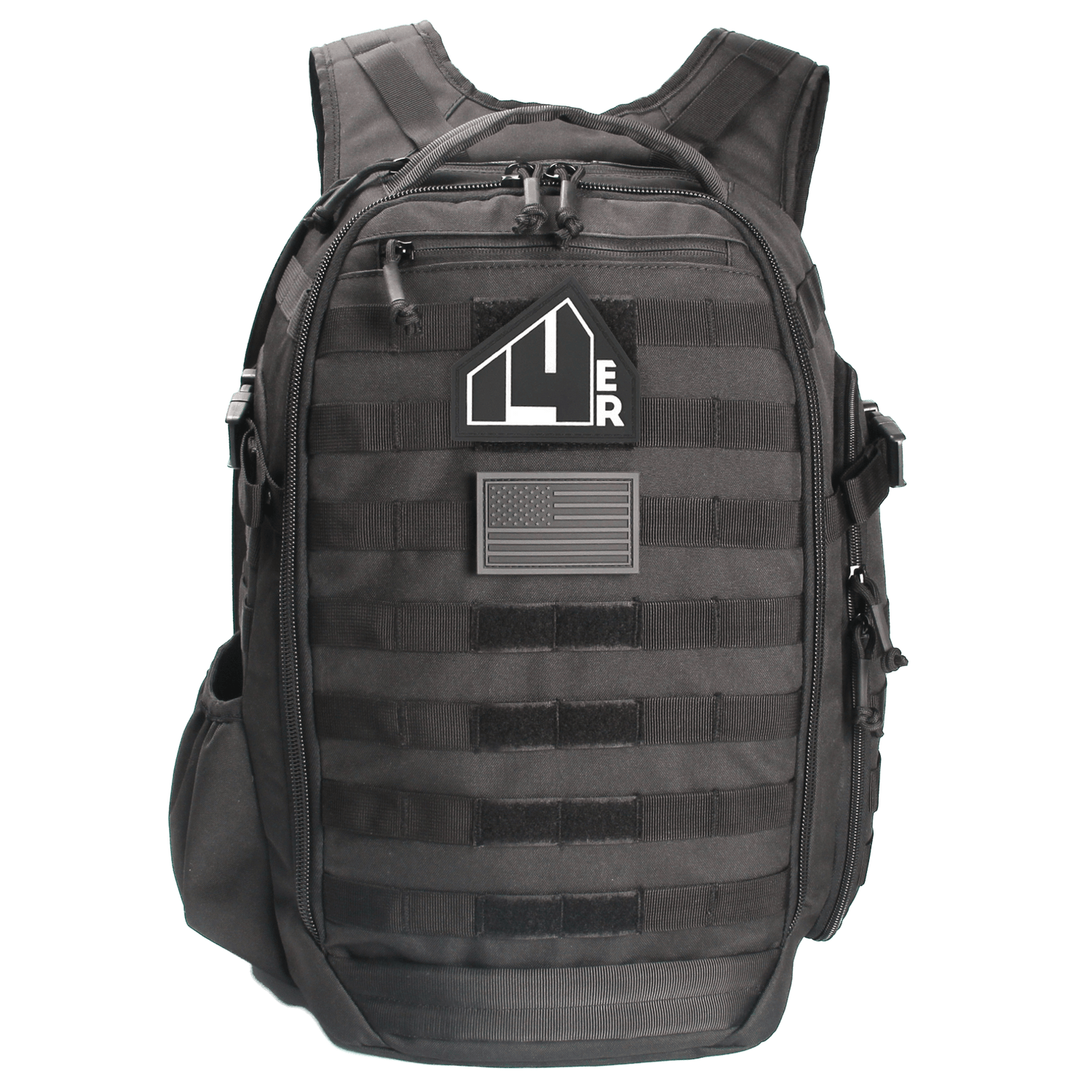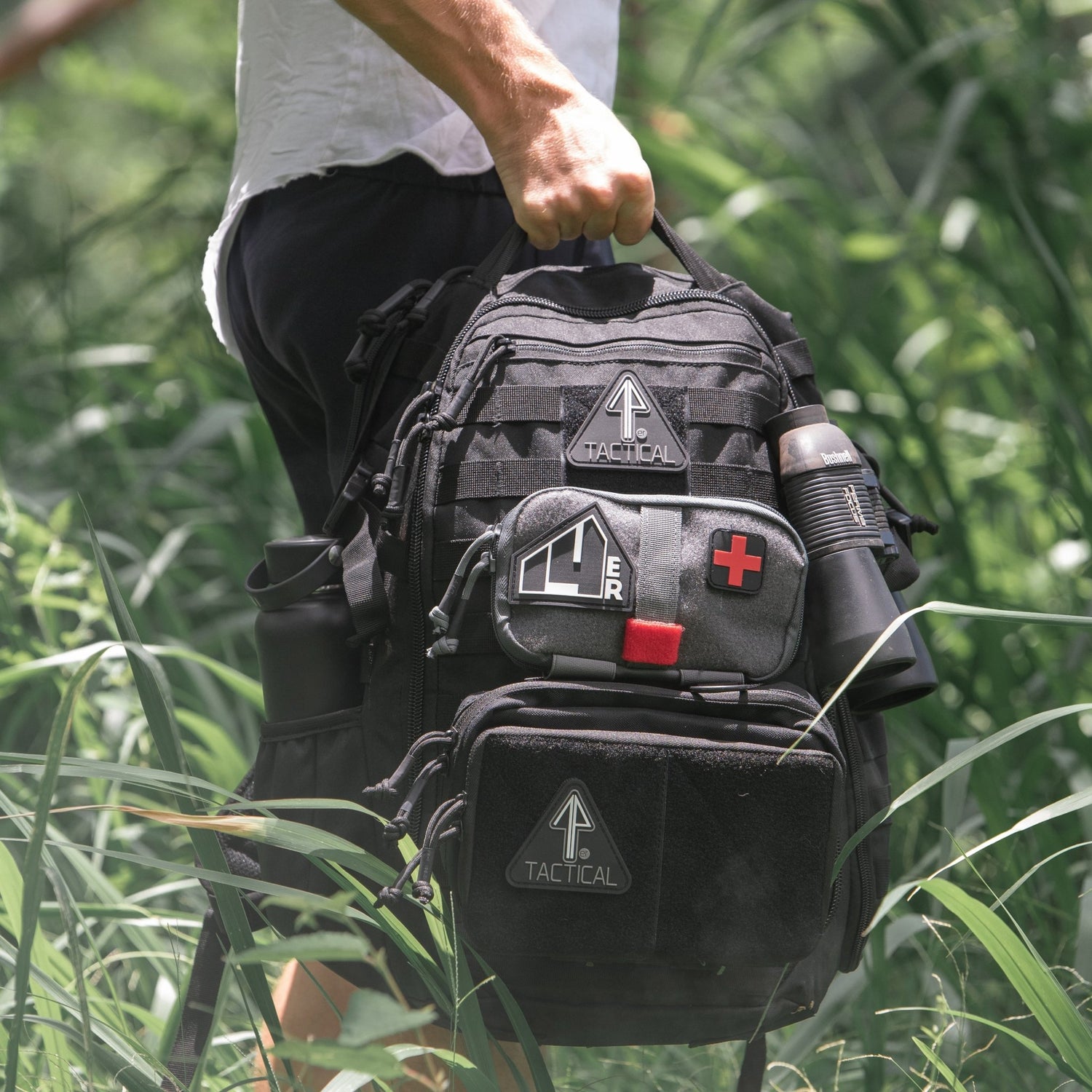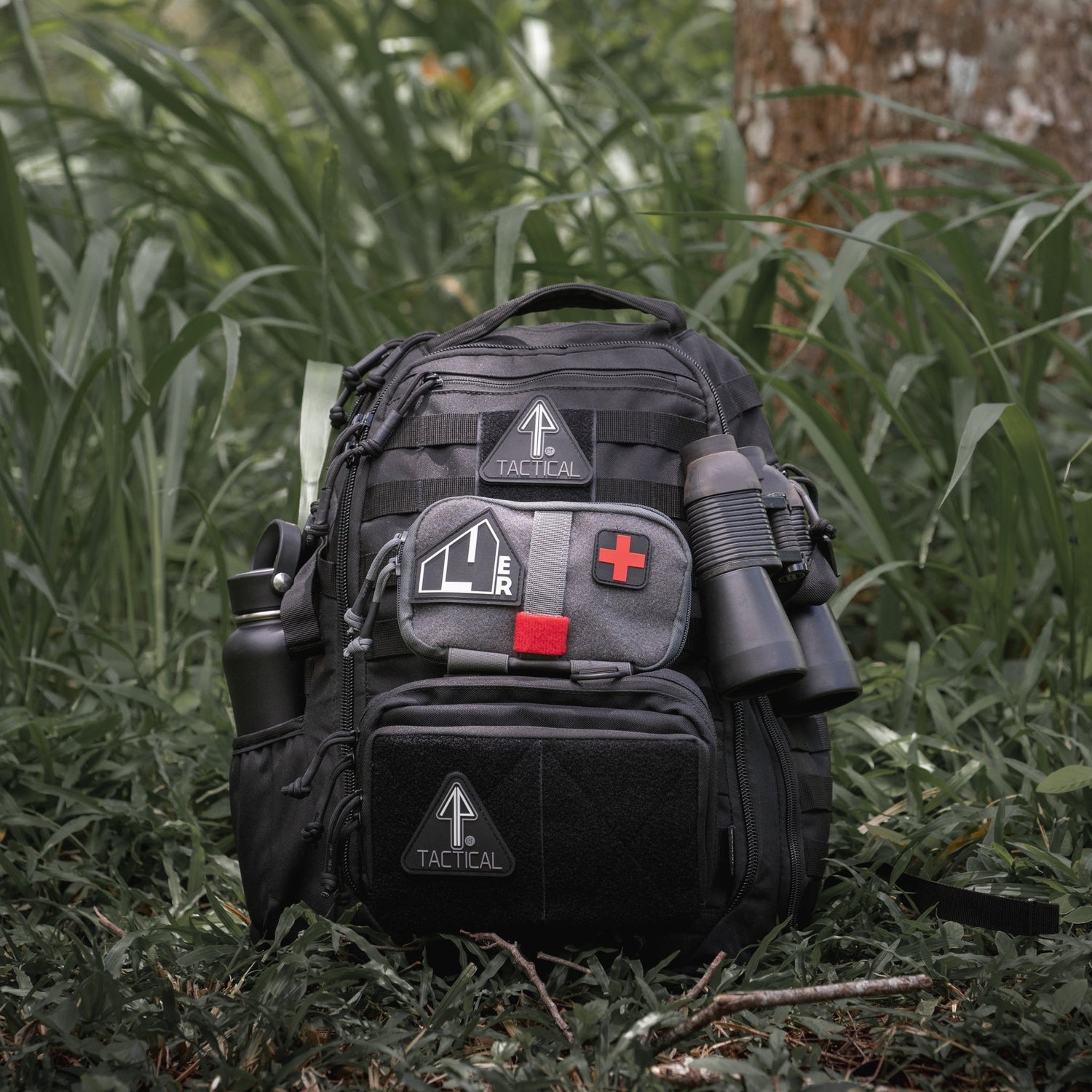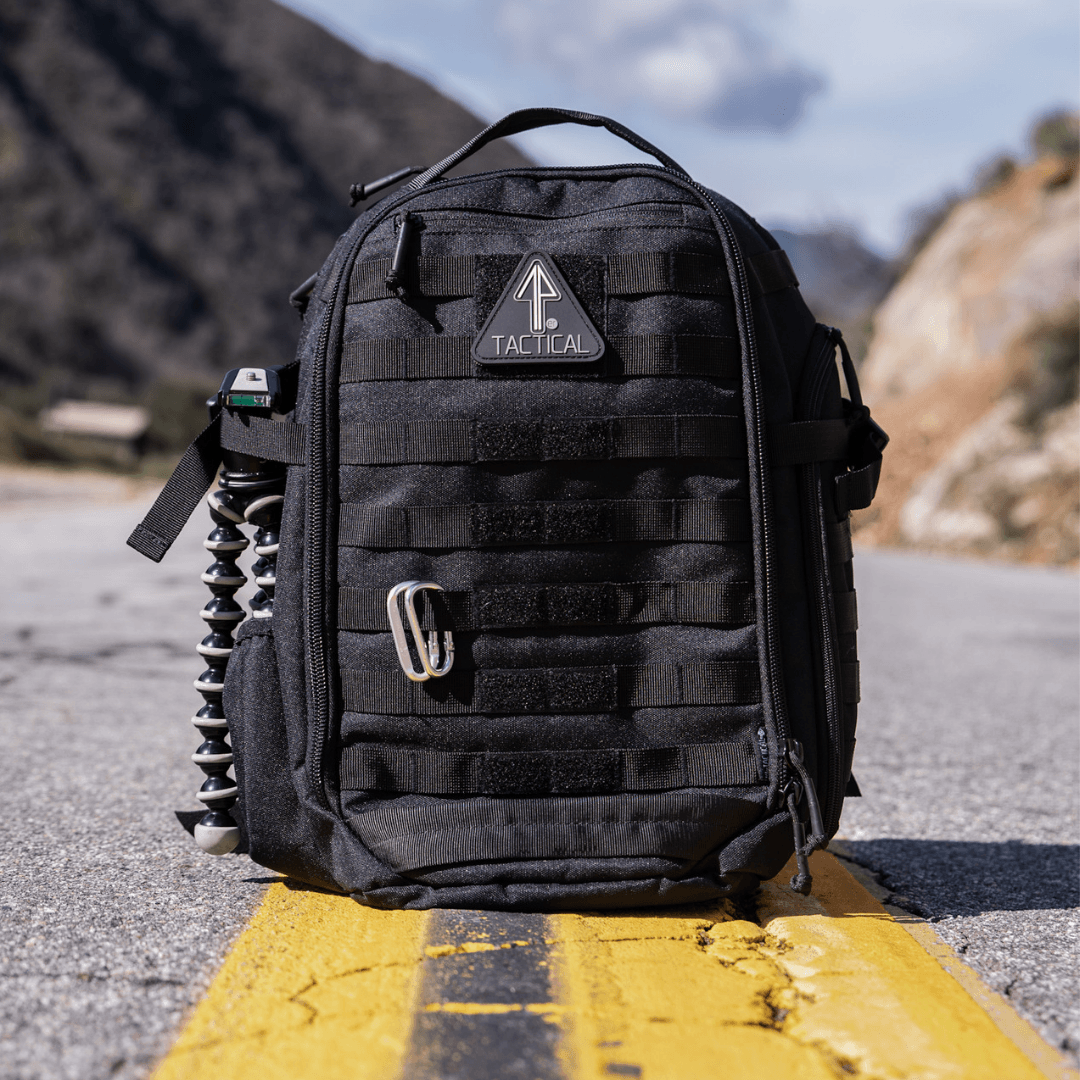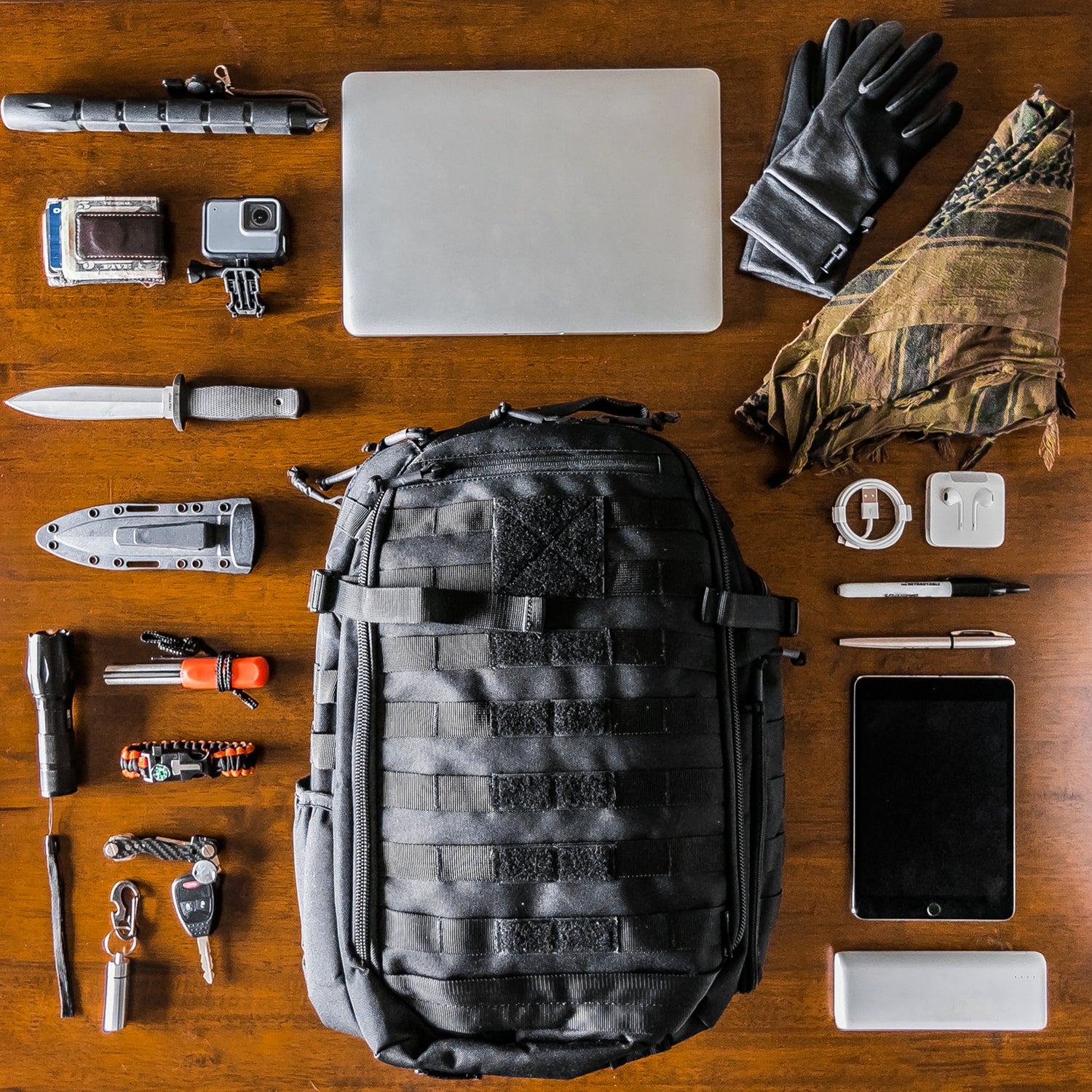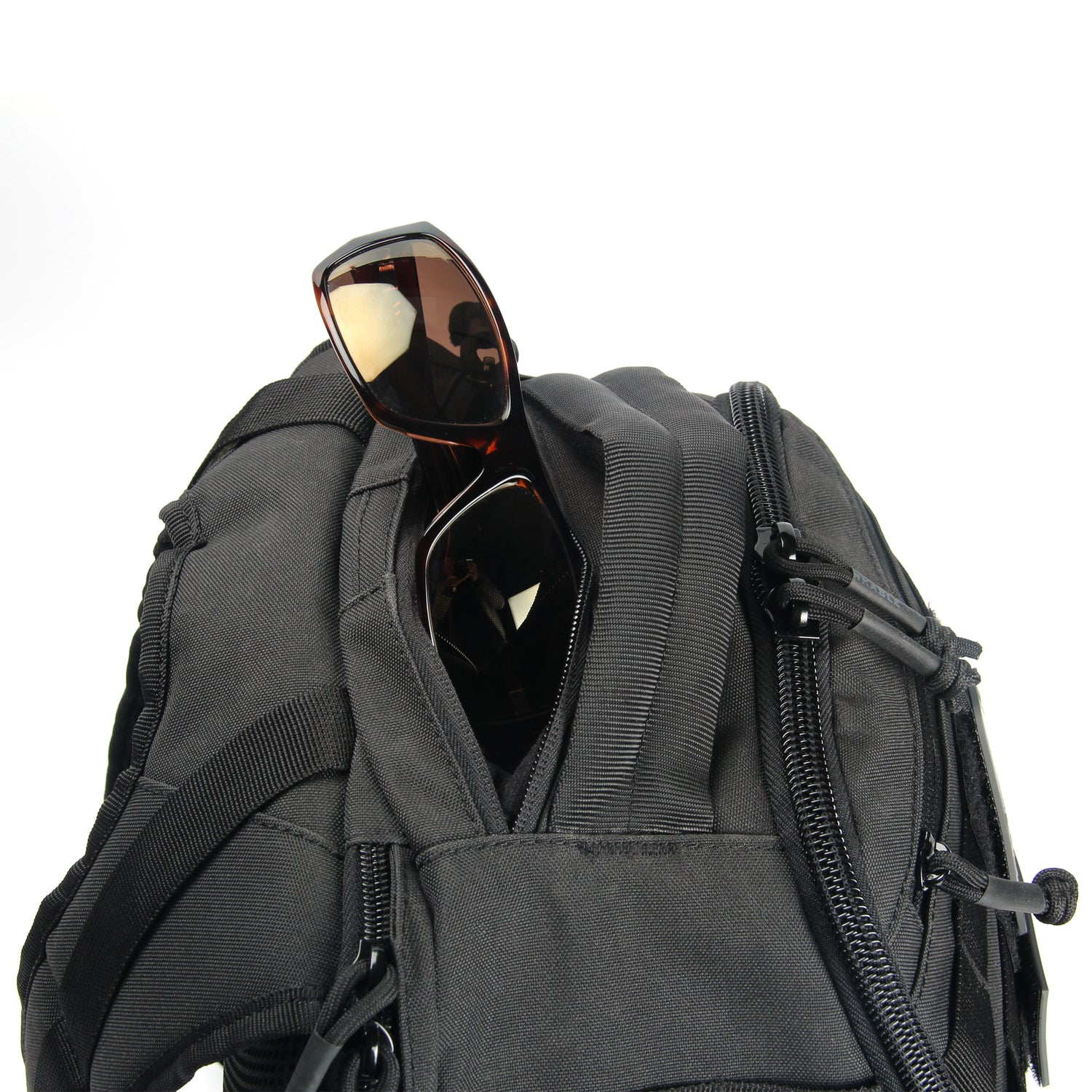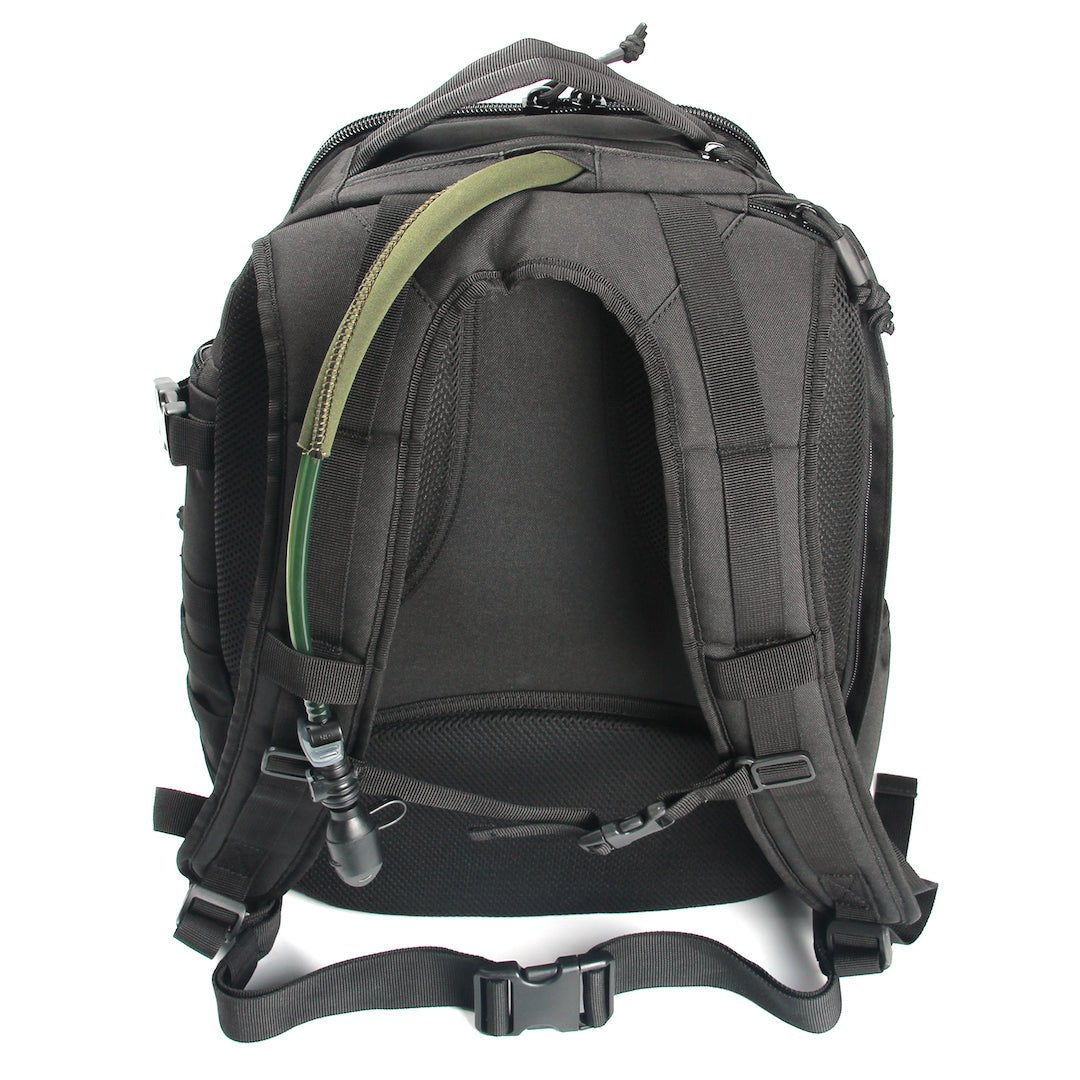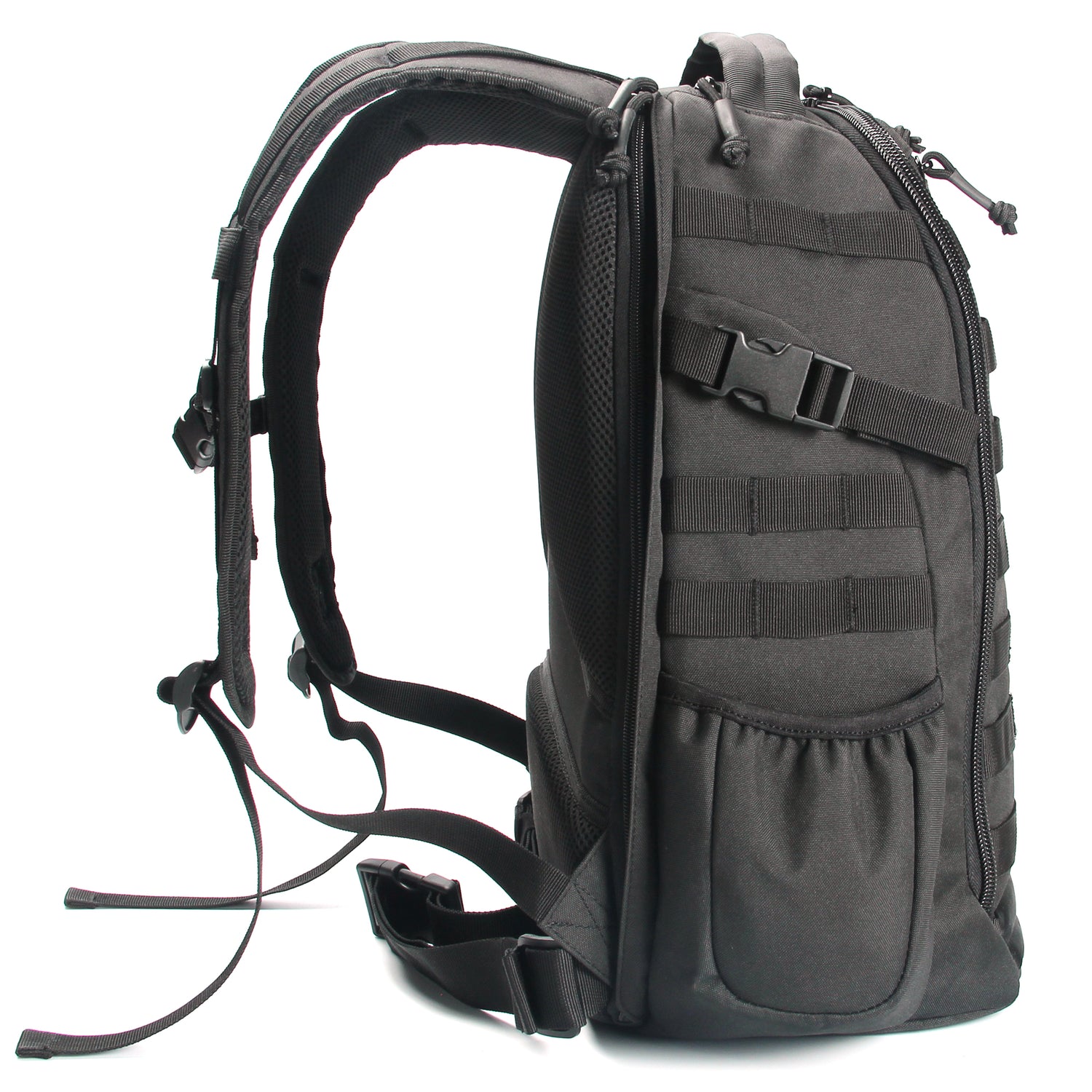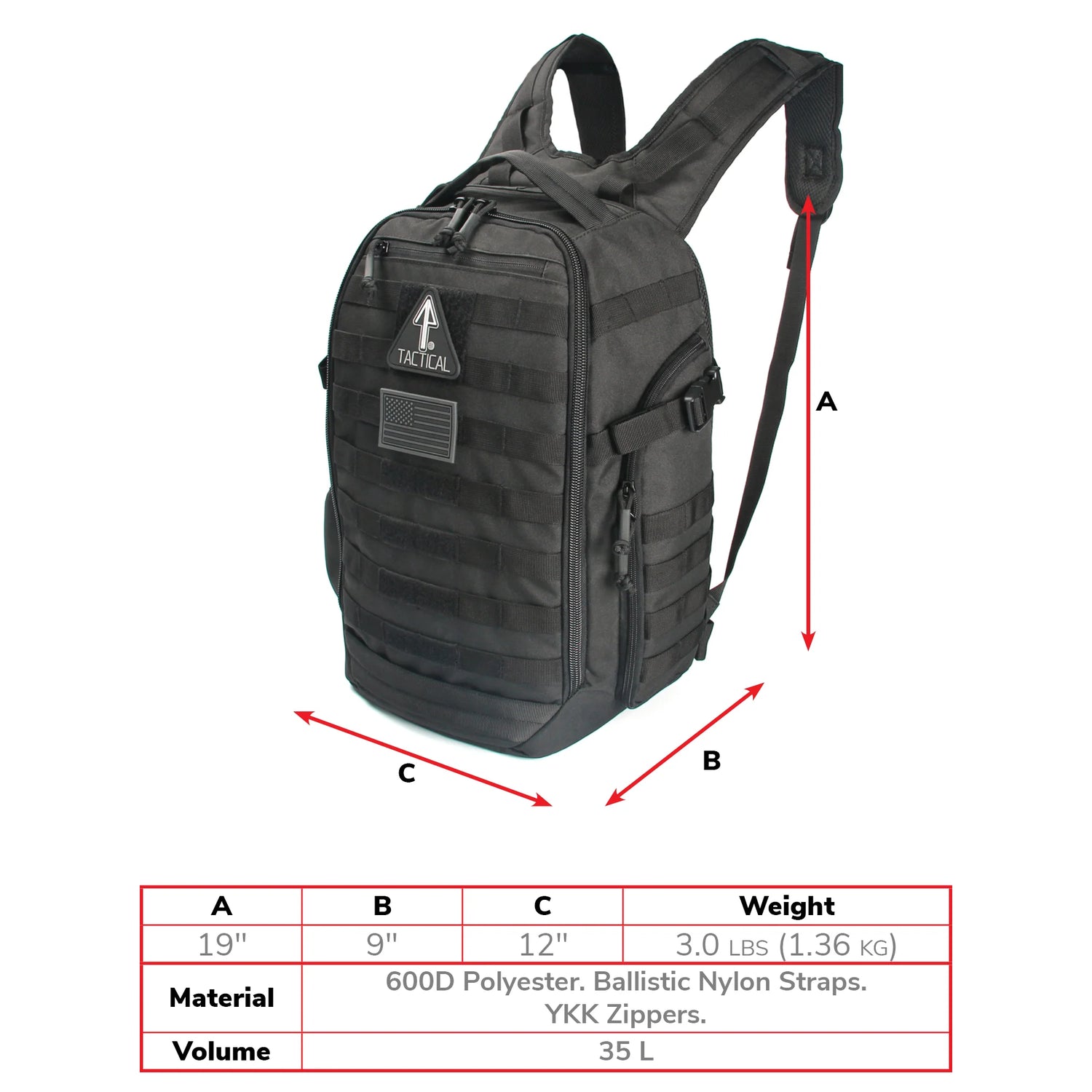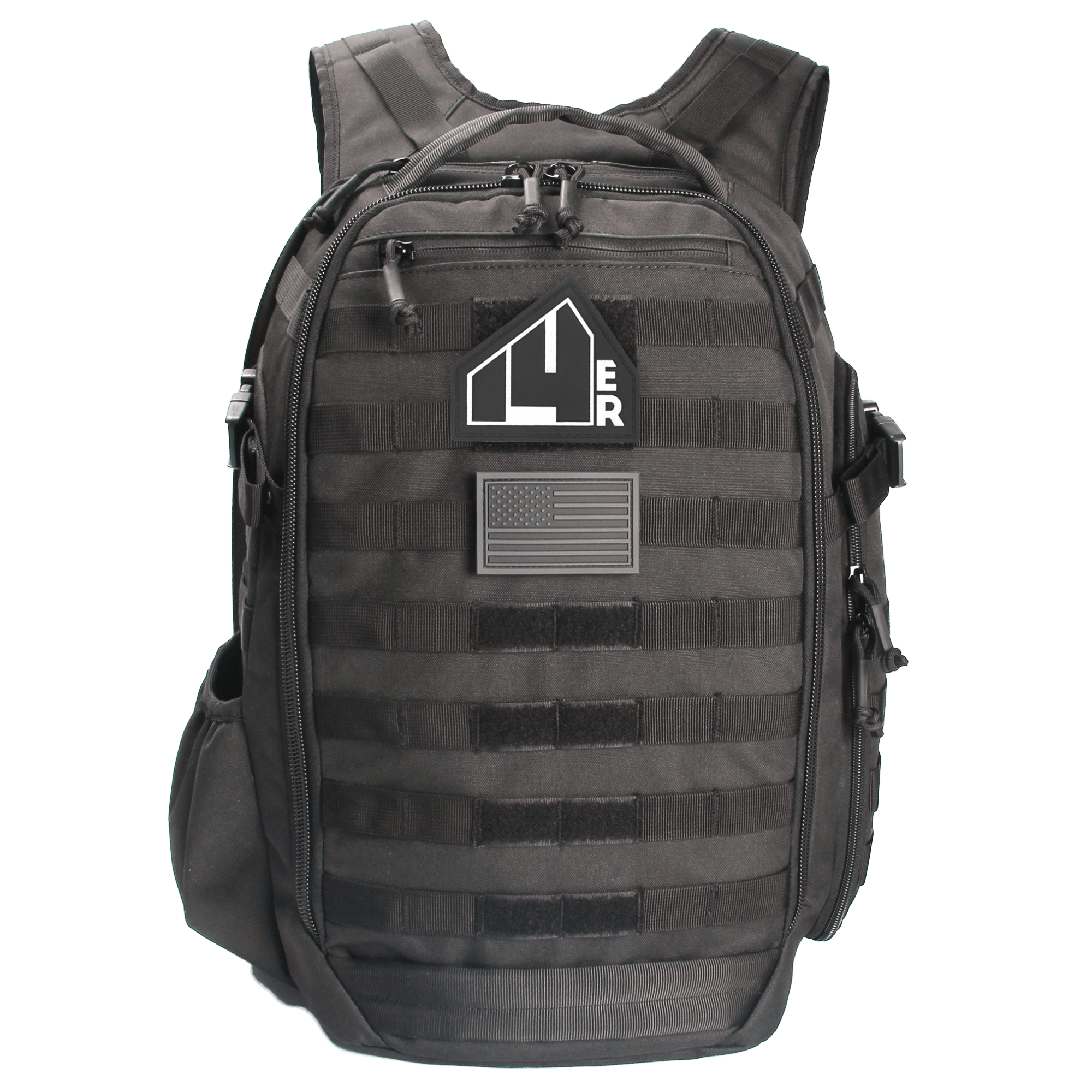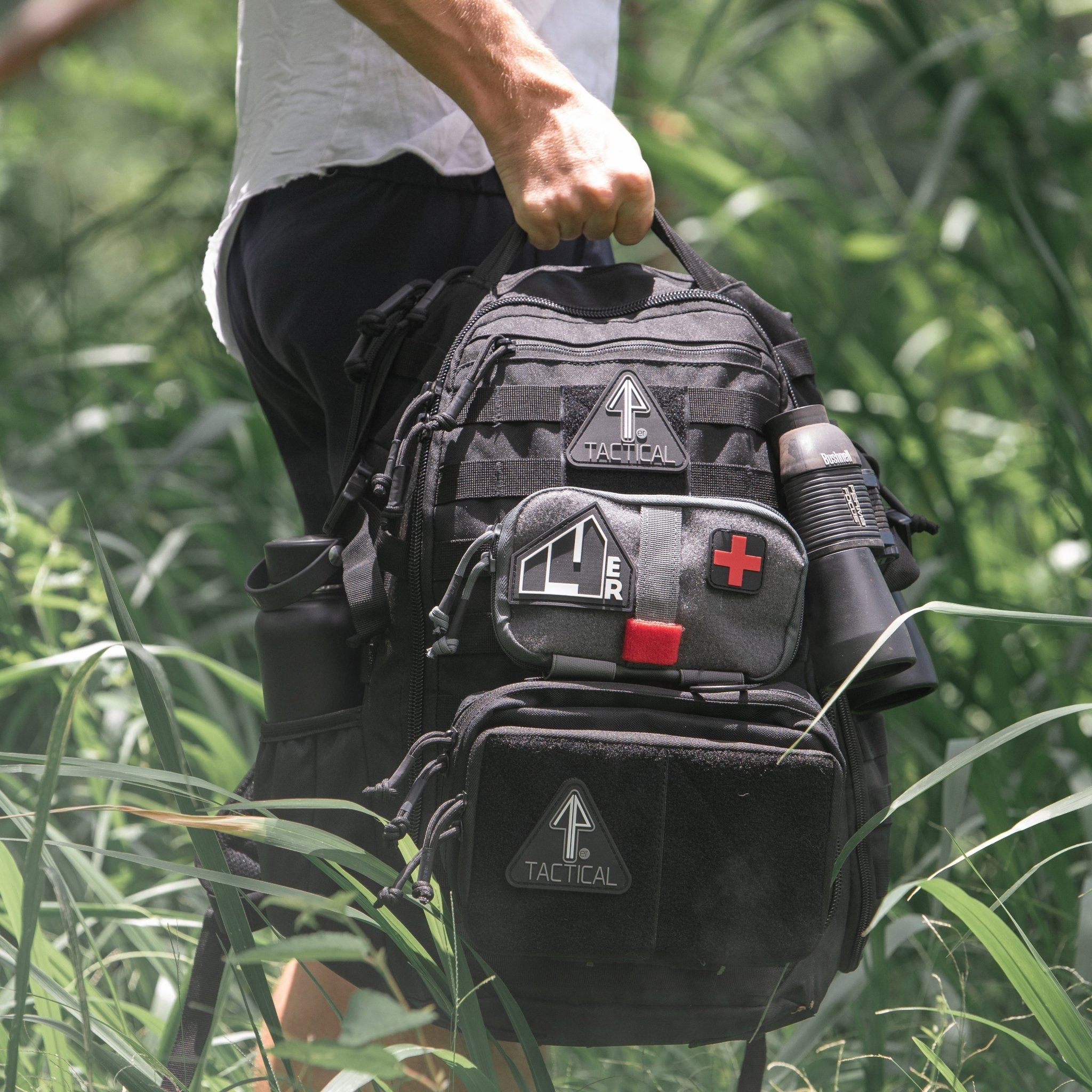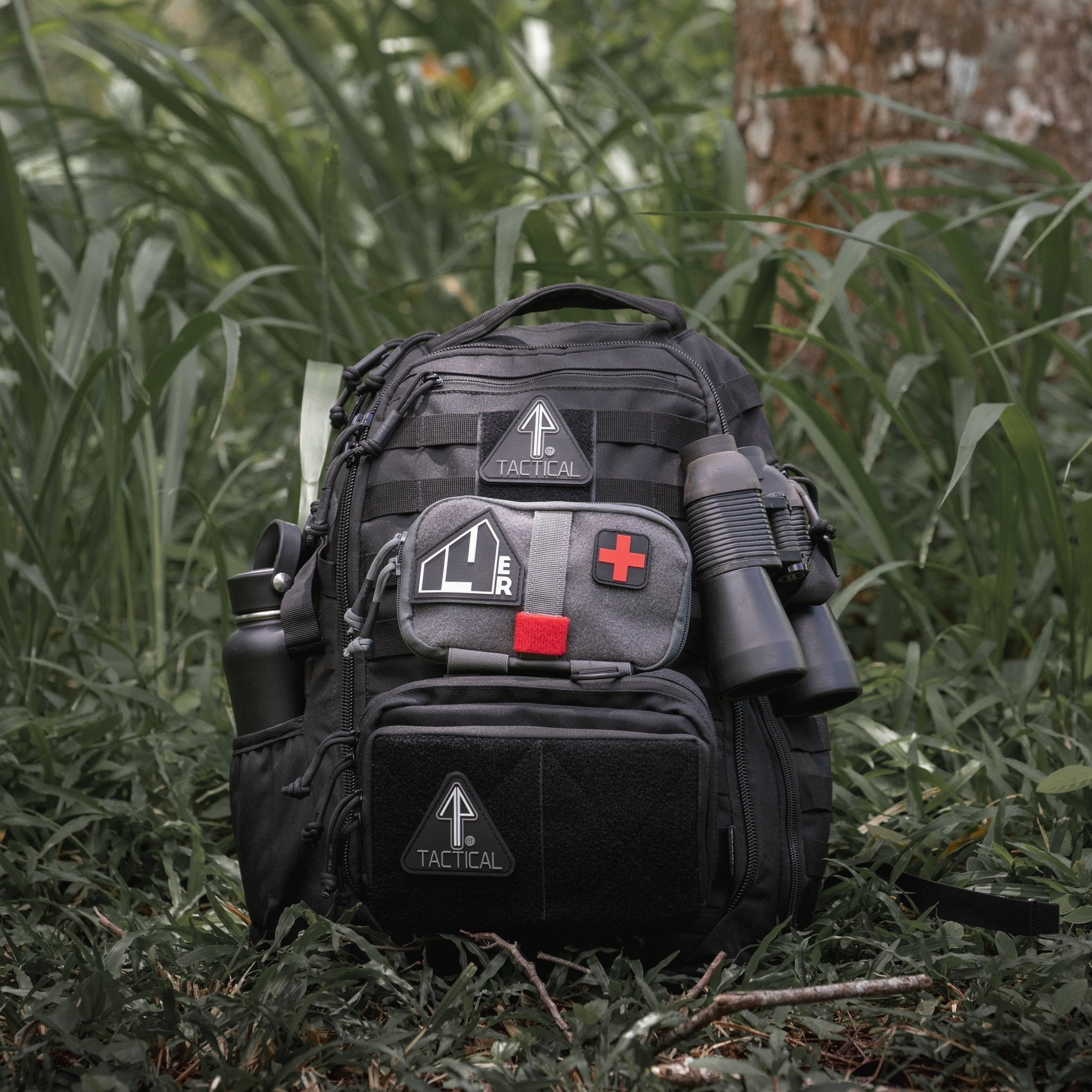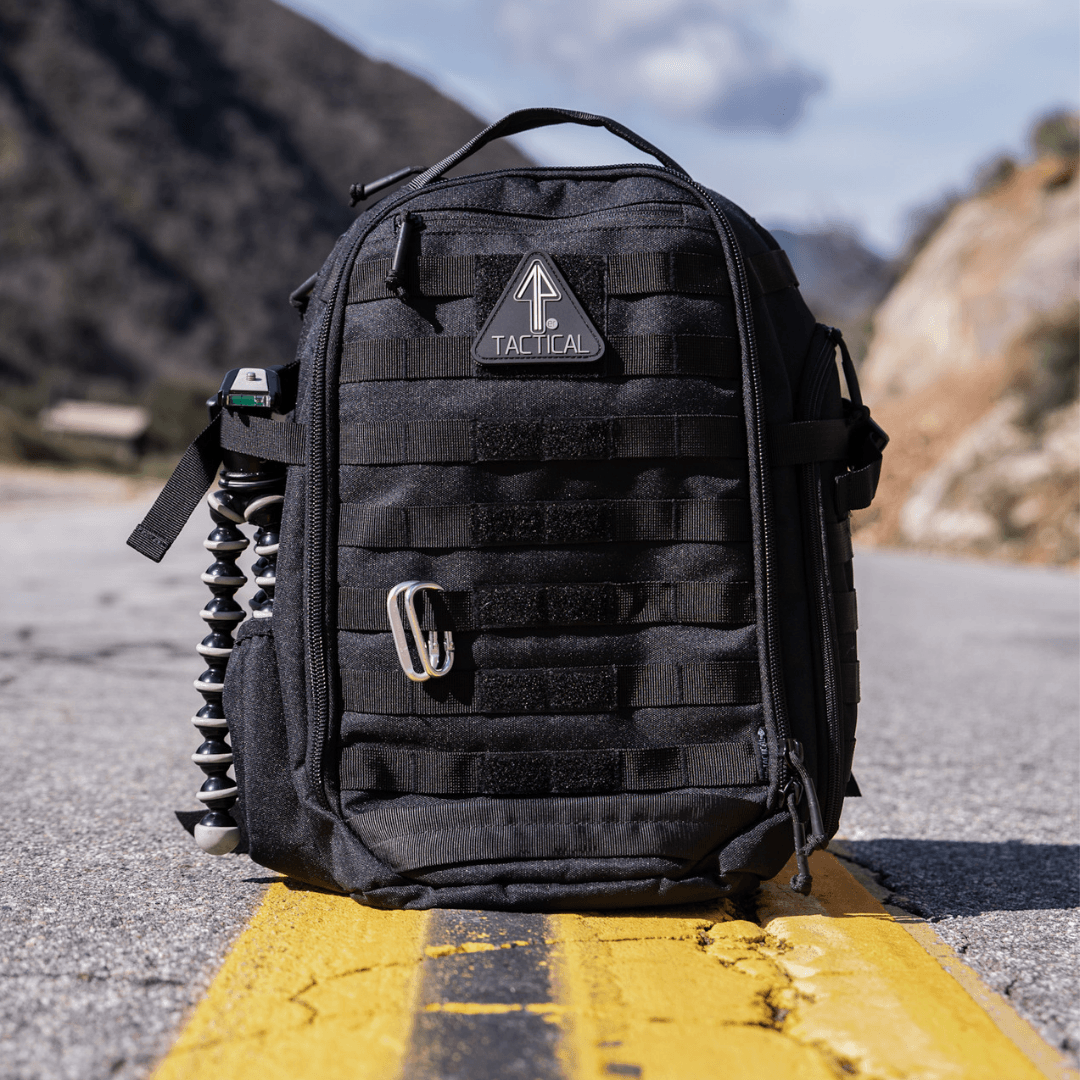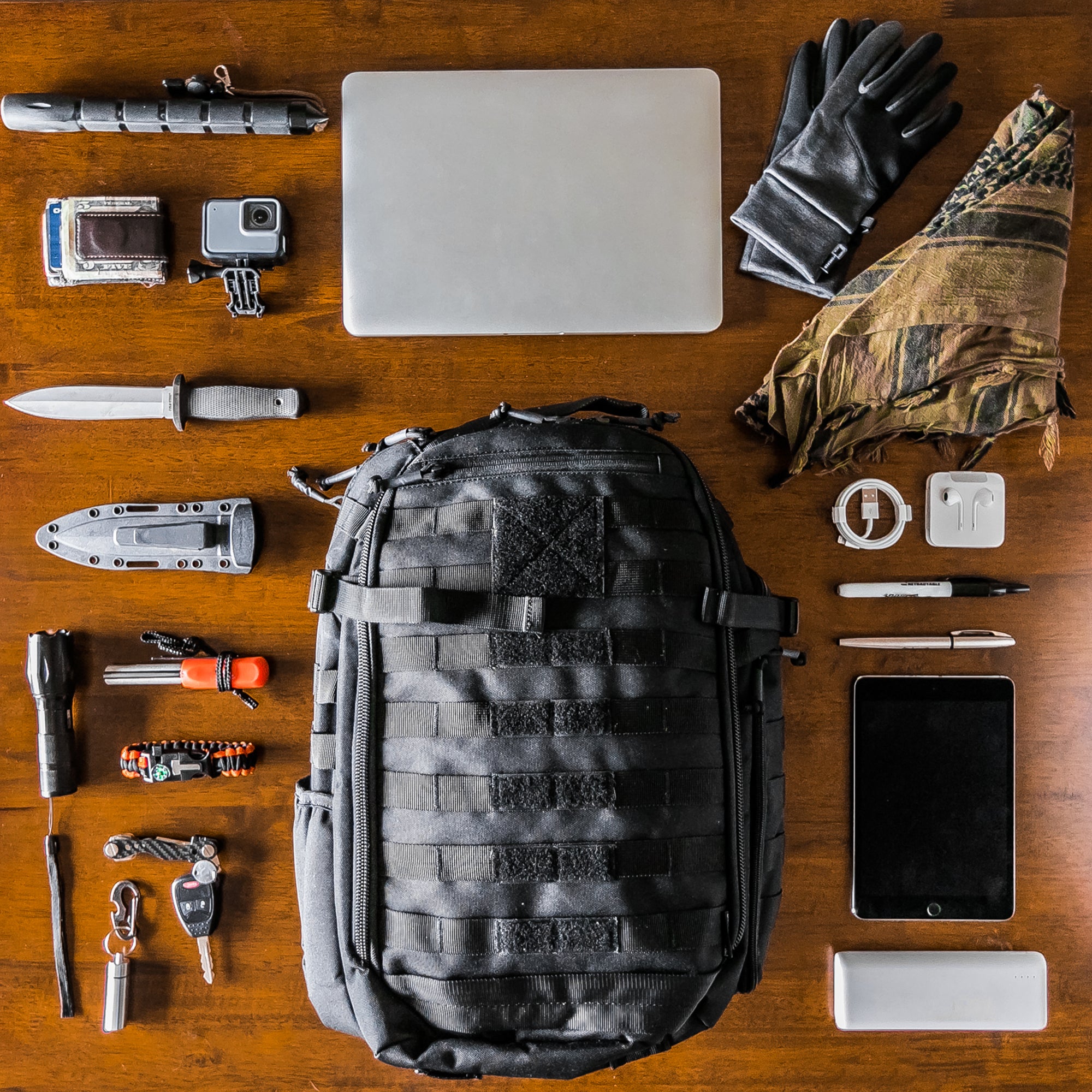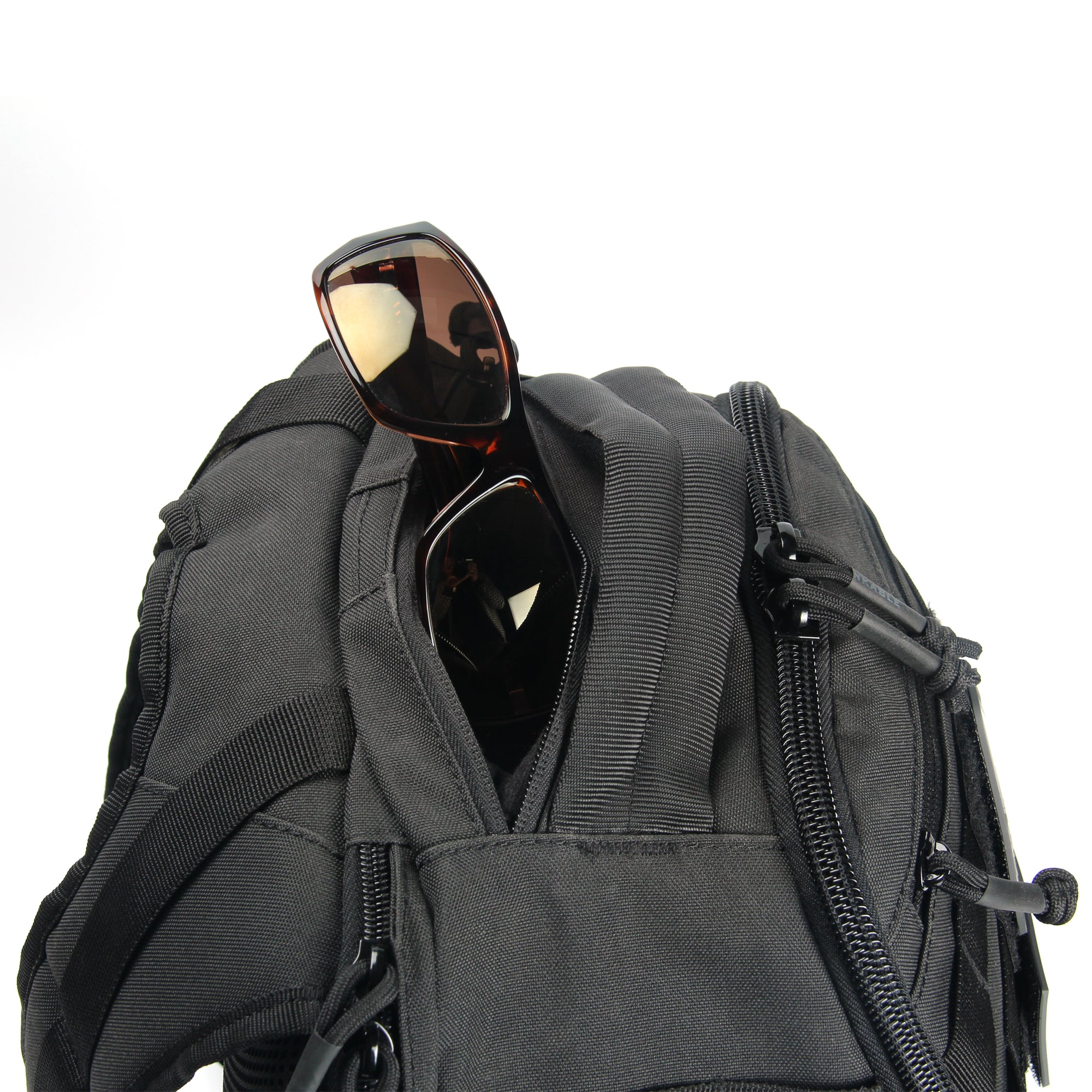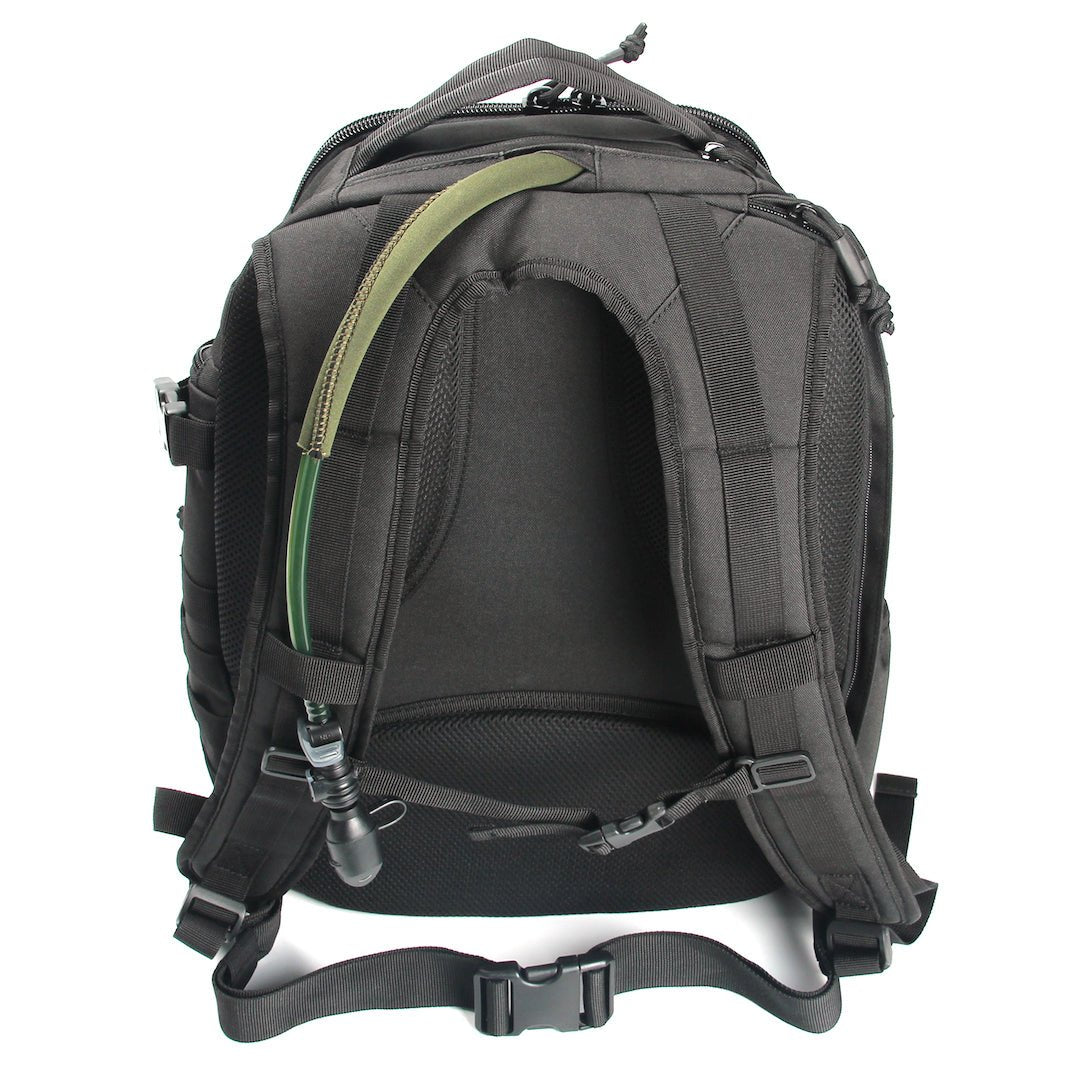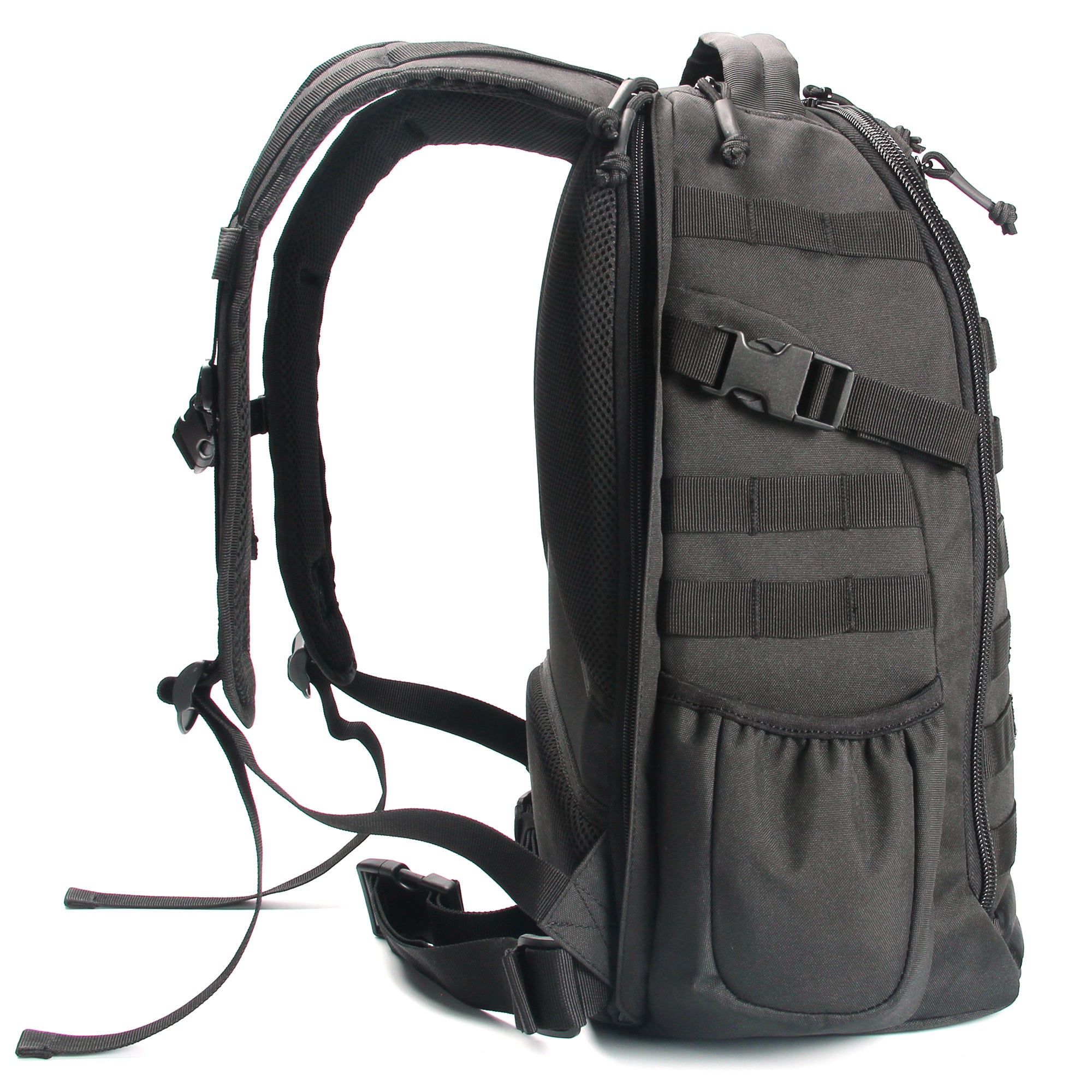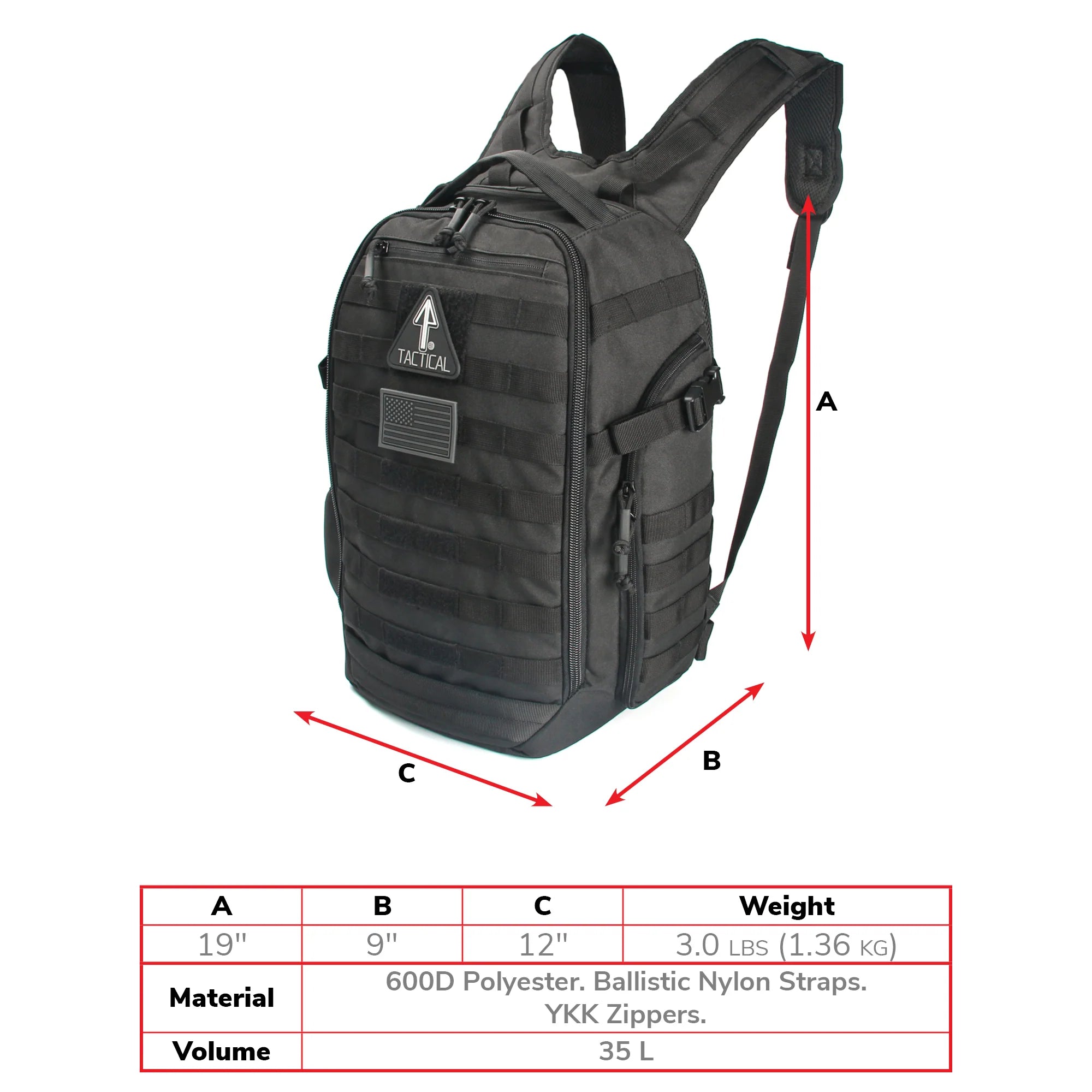
Kevlar, a material synonymous with tactical functionality and superior protection, is renowned for its unbelievable strength-to-weight ratio. It's five times stronger than steel of the same weight, making it a key component in bulletproof vests and body armor. But what is Kevlar, and how does it work?
In this article, we delve into the fascinating world of Kevlar, exploring its different grades, uses, and how its revolutionizing various industries.
The Science Behind Kevlar: Unraveling Its Strength
Kevlar, a type of synthetic fiber, is essentially a plastic constructed through polymerization. It’s a plastic, essentially. This process involves joining long-chain molecules together, resulting in a para-aramid synthetic fiber with a high modulus. This means it's incredibly rigid and difficult to deform, especially when the fiber is spun.
Kevlar's unique molecular structure enables Kevlar to withstand hits from bullets and resist heat, making it nearly impervious to cuts and breakage. While it doesn't completely negate the impact energy of projectiles, it absorbs and distributes it throughout the material, reducing the likelihood of injury.

The Journey of Kevlar: From Near-Failure to Worldwide Success
The story of Kevlar dates back to the 1960s when a team of chemical engineers led by Stephanie Kwolek was working on synthesizing new polymers for the DuPont corporation. Stephanie Kwolek and her team developed Kevlar in 1965. It was almost accidental, but it led to the creation of a material that showed unprecedented resistance to deformation.

Exploring Kevlar Grades and Their Applications
Kevlar comes in various grades, each with a specialized area of use. From reinforcing vests and helmets to manufacturing gloves and protective sleeves, Kevlar's versatility is unmatched. Some popular variants include Kevlar KM2, Kevlar XP, Kevlar 29 (K29), Kevlar AP, Kevlar 49 (K49), Kevlar AS, and Kevlar Correctional.

The Multifaceted Uses of Kevlar
Beyond body armor and tactical gear, Kevlar finds applications in a wide range of industries. Its strength and durability make it an ideal material for products like car tires, sports equipment, aerospace and aviation components, automotive parts, manufacturing equipment, maritime structures, and applications in athletic gear!.
Understanding the Limitations of Kevlar
Despite its remarkable properties, Kevlar has its limitations. It's sensitive to UV radiation and moisture, which can degrade its tensile strength and alter its chemical properties. However, these limitations are often addressed by combining Kevlar with other materials or applying protective coatings.
In conclusion, Kevlar is a revolutionary material that continues to redefine the boundaries of strength and protection. Its limitations are minor compared to its vast potential and diverse applications.


